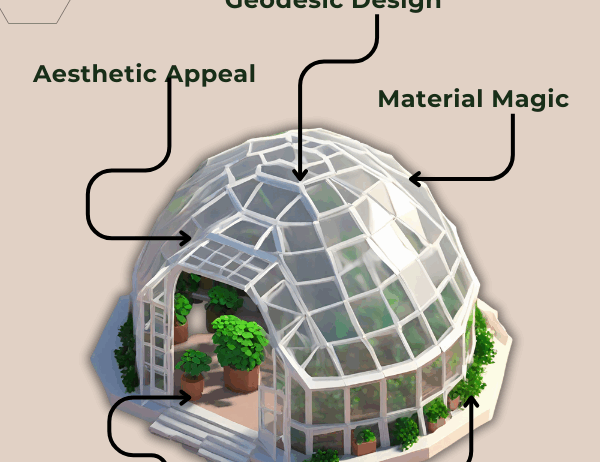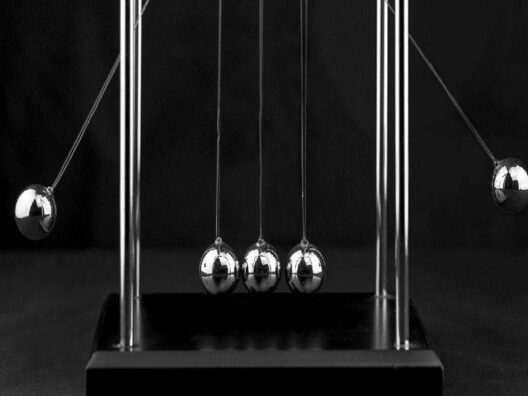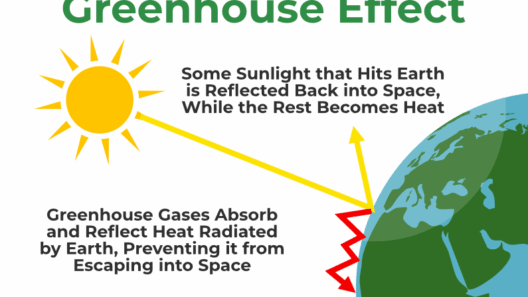Greenhouses have long been lauded for their capacity to foster plant growth across varying climates and seasons. Their effectiveness hinges on several key features that enhance environmental control, elevate plant health, and ultimately maximize yield. Understanding what makes a greenhouse effective involves delving into its design, materials, and operational components.
Whether you are a hobbyist or an aspiring commercial grower, recognizing these features will empower you to create an optimal growing environment.
Design and Structure: The Foundation of Productivity
The physical design of a greenhouse is paramount. Its structure determines how well it can utilize sunlight, control temperature, and manage humidity. A well-engineered greenhouse capitalizes on natural light, allowing for year-round cultivation. The shape and orientation significantly affect light penetration. Dome-shaped greenhouses, for example, are particularly effective because they reduce shadowing among plants and facilitate 360-degree sunlight exposure.
Another consideration is the size of the greenhouse. A larger structure can house an extensive variety of plants, but it also requires more resources for heating and cooling. Conversely, smaller greenhouses can be easier to maintain but might limit the diversity of plant choices. Ultimately, the choice comes down to individual growing goals and local climate conditions.
Materials Matter: Selecting the Right Coverings
The materials used in greenhouse construction are critical for achieving longevity and effectiveness. The covering material influences temperature control, UV penetration, and wind resistance. Common choices include:
Polyethylene Film: This lightweight and cost-effective option is popular among small-scale growers. It is easy to install and replace, providing good light diffusion. However, it typically requires replacement every few years due to deterioration.
Polycarbonate Panels: Offering superior insulation, polycarbonate panels can help maintain a stable internal climate. They are more durable than plastic film and provide excellent UV protection, though they come at a higher upfront cost.
Glass: The traditional choice for commercial greenhouses, glass provides excellent light transmission and aesthetic appeal. However, it is heavier and can be more expensive to install. Furthermore, glass requires careful management of heat, as it can retain warmth, leading to overheating in sunny weather.
Environmental Control: The Heart of a Functional Greenhouse
To maximize plant health, environmental control systems are essential. These include temperature regulation, humidity control, and ventilation. Without these systems, plants may suffer from stress, leading to poor growth or vulnerability to disease.
Heating Systems: In cooler regions, an efficient heating system is necessary. Options range from space heaters and heating cables to solar-powered systems that utilize renewable energy sources. Proper heating keeps temperatures consistent, essential for seed germination and plant growth.
Cooling Options: During hot months, cooling systems such as shade cloths, exhaust fans, or evaporative coolers will help maintain a suitable environment. Ventilation is crucial; without it, hot air can stagnate and cause detrimental temperature spikes.
Humidity Control: Plants require specific humidity levels to thrive. Systems like humidifiers or dehumidifiers can be employed to regulate moisture in the air. High humidity can foster mold and mildew, while too little moisture can lead to wilting and stress.
Watering Systems: Ensuring Optimal Hydration
Effective watering systems are integral to successful greenhouse agriculture. The choice of irrigation plays a significant role in how plants receive water and nutrients. Various systems can be integrated into greenhouse designs:
Drip Irrigation: This method delivers water directly to the roots, minimizing waste and ensuring precise hydration. It is particularly beneficial for seedlings and sensitive plants.
Hydroponic Systems: For those looking to advance their growing technology, hydroponics offers an alternative that uses nutrient-rich water rather than soil. This method can yield faster growth and conserve water, making it an appealing option for efficiency-driven growers.
Traditional Soaking: While less efficient than modern methods, traditional watering can still be effective when combined with organic mulching to retain soil moisture.
Light Management: Shaping Plant Growth
Light is a critical component in photosynthesis, affecting everything from plant height to flowering patterns. A well-designed greenhouse maximizes light availability while mitigating excess exposure to prevent scorching. Growers should consider:
Light Diffusion: Materials that scatter light can improve penetration and distribution throughout the greenhouse. This helps to reduce shadowing, enabling a more uniform growth pattern.
Supplemental Lighting: In regions with limited sunlight, especially during winter months, supplemental lighting may be necessary. Grow lights come in various forms, including LED and fluorescent. They can provide essential wavelengths for specific plant needs.
Shade Strategies: For some plants, particularly in warmer climates, shade cloths or screens may be vital to avoid heat stress. Adjustable shade can optimize light exposure throughout the day.
Final Thoughts: Embarking on Your Greenhouse Journey
Establishing an effective greenhouse requires careful planning and attention to detail. The interplay between design, materials, environmental controls, watering systems, and light management will define your success as a grower. By understanding these key features, you can create a thriving ecosystem that will yield abundant harvests and contribute to sustainable agriculture practices.
As climate challenges continue to evolve, greenhouses represent an increasingly relevant solution for food production. They provide a controlled setting to cultivate a variety of plants, supporting both agricultural innovation and environmental stewardship.







